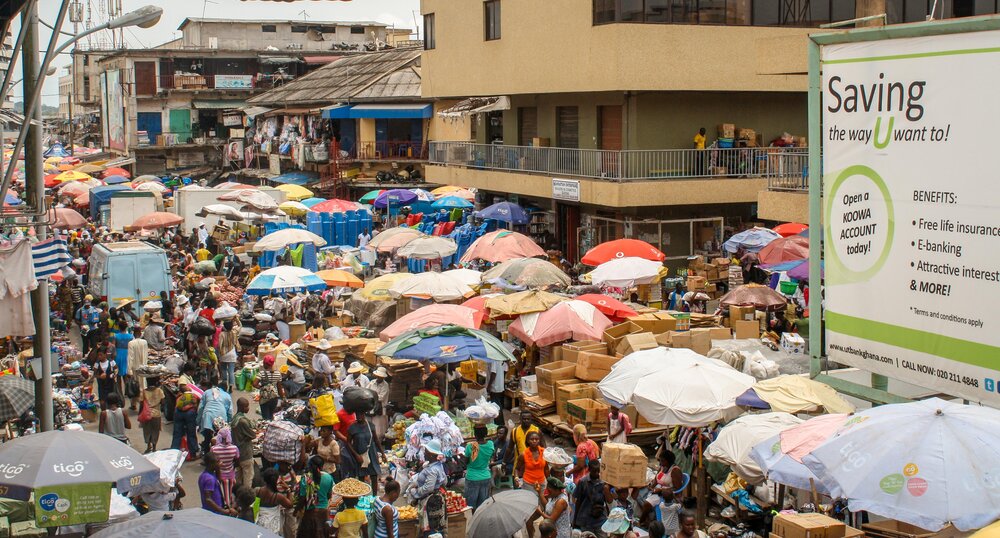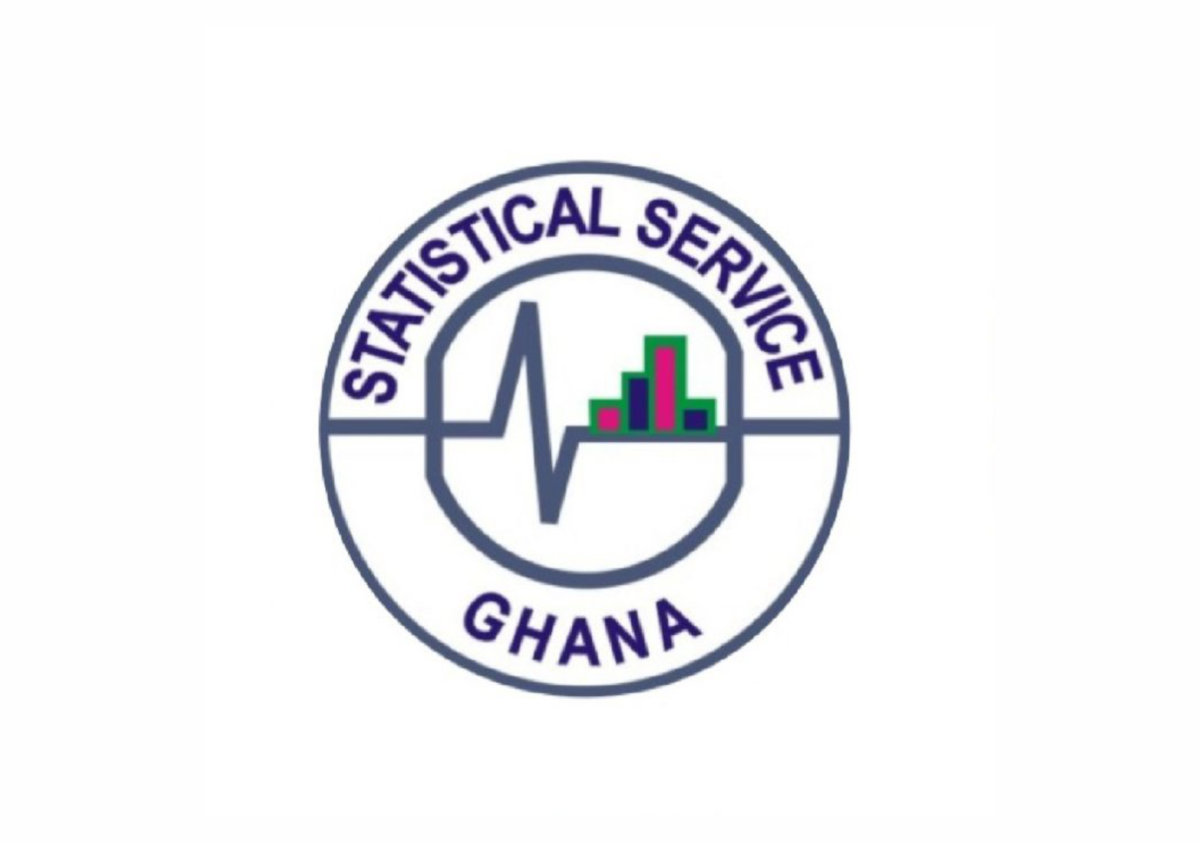Ghanaians are forced to pay more for products and services as the country’s inflation rate continues to rise.
There is currently no end in sight to the inflation rate, which continues to defy government-enacted controls.
The rate has increased from 33.9 percent in August 2022 to 37.2% in September 2022.
The Ghana Statistical Service (GSS) issued this updated figure on October 12, 2022.

This represents a month-on-month increase of 2.0 percent over the 33.9 percent rate reported in August 2022.
However, it is 37.2% greater than the rate in September 2021.
Between August (31.7%) and September (33.9%) 2022, year-on-year inflation increased by 2.2 percentage points.
Inflation in food was 37.8%, while inflation in non-food was 36.8%.
Inflation for locally produced goods was 35.8%, while it was 40.7% for imported goods.
The Western Region experienced the highest food inflation (47.0%), while the Eastern Region experienced the highest non-food inflation (42.0%). Eastern Region had the highest overall inflation rate (41.0%), followed by Western Region (40.2%) and Greater Accra Region (39.3%).
Transport had the highest rate of inflation in the Eastern Region (68.7%), while Fish and Other Seafood had the highest rate of inflation in the Western Region (64.0%).
More than 90% of the items in the study saw a price hike.














